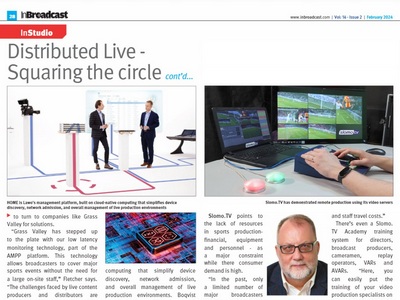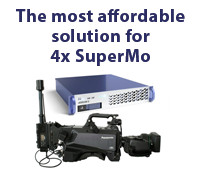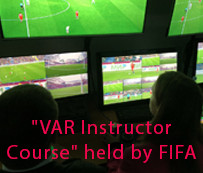The main challenge in modern sports TV production is the lack of resources – financial, equipment and personnel – while there is a high consumer demand for a wide variety of sports events to be broadcast.
In the past only a limited number of major broadcasters covered all sporting events, focusing on top-level competitions. The small and medium size companies due to the high cost of equipment could not fully participate in this market.
Today, even large companies are struggling, yet the number of sports competitions and market demand continue to grow.
SLOMO.TV offers solutions for sports broadcasting with reduced resources:
- Reducing the cost of equipment and increasing its productivity. A standard server from major manufacturers takes up a lot of space, only works with 10-12 recording channels and requires two operators. SLOMO.TV has a wide range of affordable servers for every need – from 4 to 32 channels in a compact unit (1U – 4U). Their high performance and ease of use allow one operator to work with, for example, 14 3G recording channels, thus saving on human and financial resources.
- Remote production – a new feature available for all SLOMO.TV systems. This innovative solution allows video specialists to work on the live production of the sporting event from a remote location over a 50-100 Mbps bandwidth Internet channel. Ultimately, remote production allows a single specialist to cover multiple sports competitions taking place at different venues on the same day, reducing equipment transport and staff travel costs.
- The Academy. With the SLOMO.TV Academy training system for directors, broadcast producers, cameramen, replay operators, VARs and AVARs you can easily put the training of your video production specialists on stream. Live broadcast technicians are rare; it takes both a high level of responsibility and artistic vision to master all the skills required for this narrow specialization. The Academy gives you access to a large talent pool at a much lower cost than traditional training.
Thus we allow the TV companies to budget their resources while producing more high-quality sports content for consumers.

















